Each year in middle to late February in Yosemite National Park, the setting sun hits a slot through Yosemite Valley that turns the otherwise modest Horsetail Fall into a fiery spectacle. The first published photograph of this serendipitous event was captured by renowned nature photographer Galen Rowell in 1973. Today, it has become an annual ritual for photographers throughout the United States and around the world seeking to capture the ideal frame of this natural wonder.
Conditions must be perfect for the firefall effect to occur. First, the sun must set in exactly the right place on the horizon, which occurs for only 1 to 2 weeks in February, typically reaching ideal geometry around February 18. Second, the falls must be flowing, which requires there to have been meaningful snowfall during the winter and warm enough temperatures to promote runoff. Third, the horizon must be unobstructed by clouds so that the final, richly red rays of sunset light can reach all the way into Yosemite Valley. There's no guarantee for the photographic pilgrim that the firefall will present itself in any particular year or on any particular evening.
In addition to perfect natural conditions, the photographer must also be situated in just the right spot. Horsetail Fall is on the El Capitan massif east of The Nose. The photographer must be positioned even further east at a shallow angle to the falls, such that the sunset light filters through the falls from behind and illuminates it with a fiery glow. On Northside Drive, a popular location is the El Capitan Picnic Area, which offers some of the closest ranges to the falls and can produce high-resolution images with standard telephoto lenses. On the southern bank of the Merced River, there are several good locations off of Southside Drive that have the appropriate characteristics. Because of the popularity of this event, the National Park Service now blocks off an entire lane of Valley Drive for long stretches of parking for Horsetail Fall photographers. At peak times, crowds will help you find the classic locations. If you want to get a good spot, plan to be there for the entire day. Arrive early and bring food, warm clothes, and comfortable chairs. Many visitors turn the experience into a kind of tailgate party for nature enthusiasts.
Can you find a great new place from which to photograph the firefall? Would you be able to simply enjoy the spectacle with your eyes and resist the temptation to pull out a camera?
While in Yosemite in February, take some time to explore its winter offerings, such as skiing and snowshoeing at Badger Pass. Winter is a wonderful time to explore a different side of this iconic park.

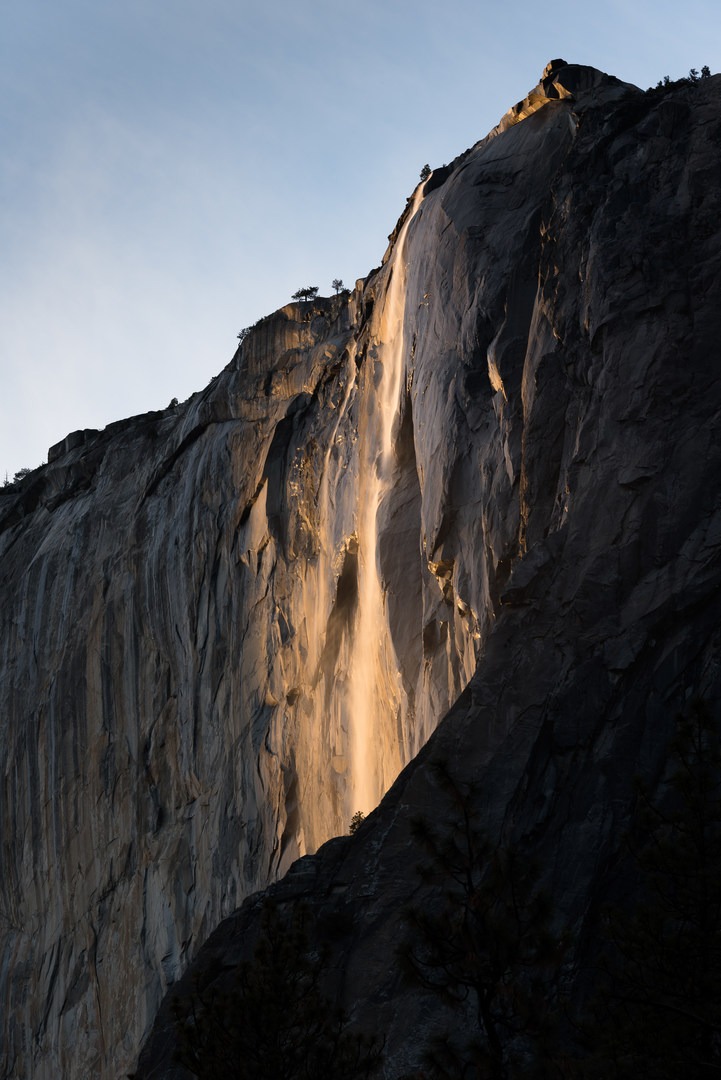














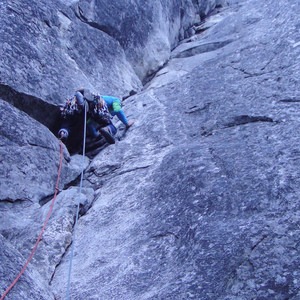

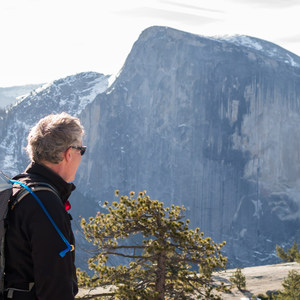
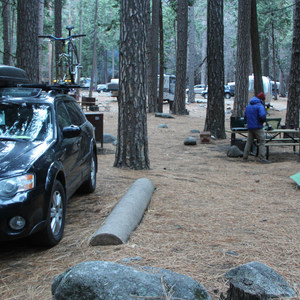
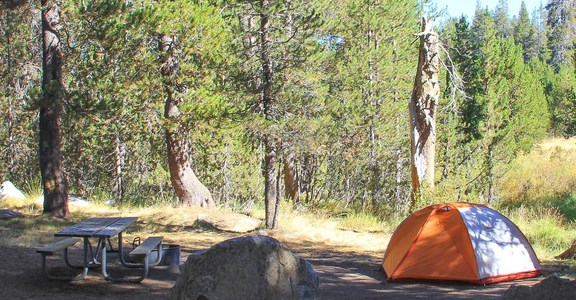
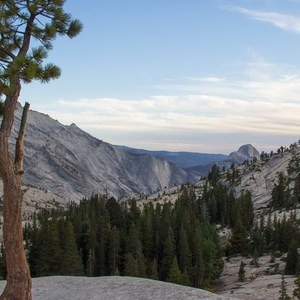



Comments
Sign In and share them.